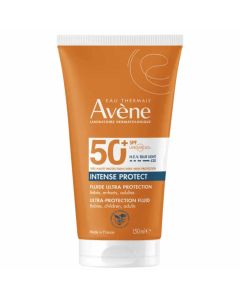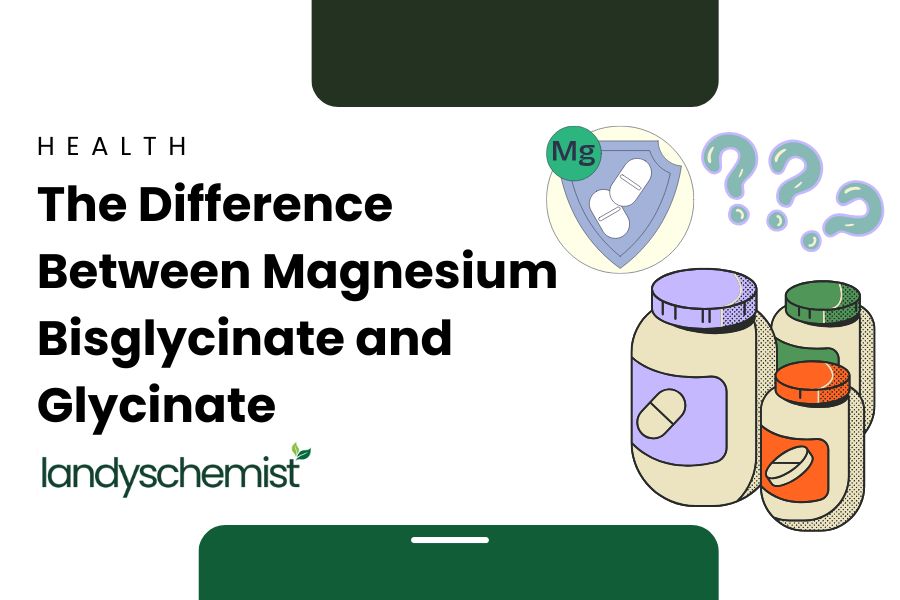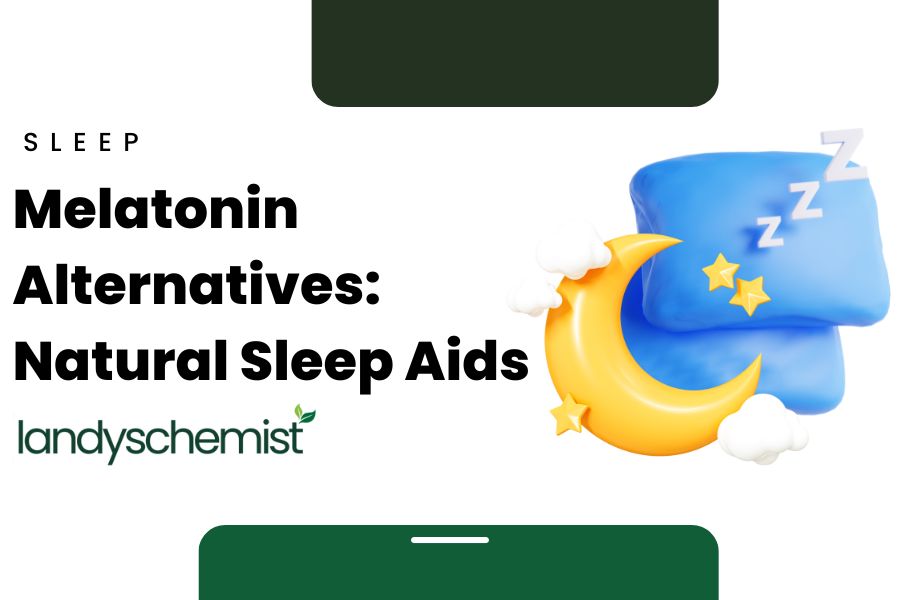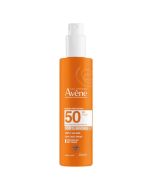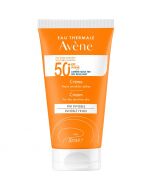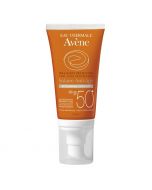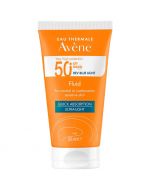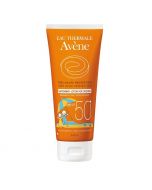
Should we protect our skin from blue light?
Did you know the primary and most powerful source of High Energy Visible (HEV) Blue Light is actually the sun [1] ?
We are exposed to HEV Blue Light rays on a daily basis. HEV Blue Light, can have both benefits and drawbacks to our health.
Whilst it is crucial for helping to regulate our sleep and wake cycles [2] , excessive exposure can potentially negatively affect our skin. Recent studies [3] suggest that HEV Blue Light can potentially cause signs of premature ageing, weaken the skin’s natural barrier function, and produce hyperpigmentation.
So, this raises the question of how can we protect ourselves from these harmful effects?
Looking for a sunscreen that can protect us from HEV Blue Light in addition to the harmful UVA and UVB rays is essential to provide photo-protection from solar radiation. A sunscreen that stands out, offering broad-spectrum protection is the Avène Intense Protect 50+ which is suitable for the most intense sunlight conditions as well as the most vulnerable skin.
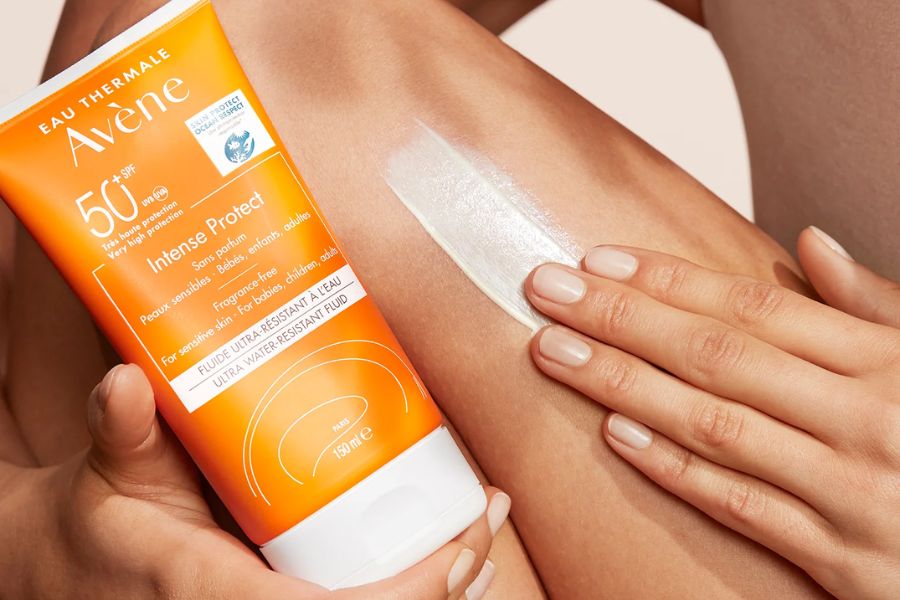
What is HEV Blue Light?
HEV Blue Light is a type of visible light with the shortest wavelength and highest energy, ranging between 380 and 500nm. We often associate HEV Blue Light with digital screens including computers, smartphones and tablets. These devices, along with artificial sources like LED lamps, emit high amounts of HEV Blue Light, however the primary and most powerful source of HEV Blue Light is actually the sun [4], as it is 100 - 1000 times more potent than our devices.
It is clear we must not overlook the impact of sunlight on our skin. Protecting the skin from the sun’s HEV Blue Light is crucial as it not only affects our eyes but can actually penetrate deeper [5] within the skin layers into the hypodermis, potentially accelerating skin ageing and damaging skin cells, along with hyperpigmentation. Effective sun protection should involve broad spectrum protection that can shield the skin from both ultraviolet rays and HEV Blue Light.
How does HEV Blue Light affect the skin?
Because Blue Light is prevalent in not only our digital devices, but primarily our environment, it can exert effects on the skin, potentially exacerbating skin conditions, leading to pigmentation and inflammation.
Premature Ageing
Research has indicated that approximately 25% of skin damage can be attributed to exposure to HEV Blue Light. Exposure to HEV Blue Light can promote the appearance of wrinkles and blemishes due to the generation of reactive oxygen species [6] and oxidative stress within the layers of the skin.
As the skin’s natural defence mechanisms diminish over time, exposure to HEV Blue Light may lead to more visible signs of ageing and potentially trigger mechanisms associated with skin cancer. HEV Blue Light can generate reactive oxygen species (ROS) which causes oxidative stress in the skin and stimulate the breakdown of collagen and elastin fibres causing fine lines and wrinkles.
Pigmentation
By stimulating melanocytes [7] directly to produce more melanin, HEV Blue Light can lead to visible hyperpigmentation. HEV Blue Light also generates ROS which cause oxidative stress. This stress can trigger inflammatory pathways and cause the overproduction of melanin [8], potentially exacerbating conditions like melasma.
Inflammation and Sensitivity
A study found that exposure to HEV Blue Light for 30 hours from our laptop and smartphones can cause a 40% increase [9] in inflammation levels within our skin cells. By inducing oxidative stress and inhibition of skin cell proliferation, HEV Blue Light can affect the expression of genes involved in inflammatory pathways [10] which can damage proteins, lipids and DNA within our skin cells leading to inflammation.
Compromised Skin Barrier Function
HEV Blue Light exposure can disrupt the lipid barrier of the skin, which can compromise the integrity, weakening the barrier function. As a result of this, the skin can become more susceptible to moisture loss.
This occurs because HEV Blue Light exposure also triggers inflammatory responses in the skin which can disrupt the balance of lipids and proteins within the stratum corneum, compromising function. This oxidative stress can also damage DNA and proteins within cells, hindering their ability to repair and regenerate.
What is the best sunscreen to protect against Blue Light?
If you are looking for a sunscreen that is suitable for the whole family (from 6 months up), and provides ultra broad-spectrum sun protection against UVB, short UVA, long UVA and HEV Blue Light up to 450nm, we recommend the Avene Intense Protect SPF50+. This sunscreen protects the skin, provides intense hydration for 8 hours and is extra water and sweat-resistant.
The Avène Intense Protect 50+
Avene Intense Protect SPF50+ is a sunscreen which stands out as it not only prioritises ultra-broad spectrum skin protection but offers very high skin and eye tolerance without silicone.
This product significantly reduces DNA damage induced by HEV Blue Light, as demonstrated by an in-vitro test which showed a 95.3% reduction in oxidative DNA damage*. This test involved topical application on reconstructed epidermis and simulated Blue Light exposure, with the damage quantified through immunohistochemical analysis.
This sunscreen has a hybrid texture and uses only 4 sun filters to provide protection in the most intense sunlight conditions. It is suitable for even the most vulnerable skin with a very high tolerance and gentle formula that is fragrance free. Offering an invisible finish, this sunscreen, which is suitable for children, pregnant women, people with tattoos and even very fair skin can protect the skin against the acute effects of the sun on a daily basis.
What are the key ingredients in Avene Intense Protect SPF50+
The core innovation in Avene Intense Protect SPF50+ is the TriAsorB™ sun filter.
TriAsorB™ is inspired by melanin's natural photoprotective properties. Melanin naturally shields the skin from various effects of the sun's rays, including sunburn and long-term effects like photoaging, as well as from the harmful impacts of high-energy visible Blue Light.
TriAsorB™ is an organic molecule distributed throughout the sunscreen formula, offering comprehensive protection against UVB, short UVA, long UVA, and blue high-energy visible light. The development of this filter involved four years of research and 30 toxicology studies to ensure its safety.
Additionally, this sunscreen incorporates Provitamin E (pro-tocopheryl), a potent antioxidant which offers cellular protection against free radicals.
*In-vitro test. Topical application (2 mg.cm-2) Measures performed on reconstructed epidermis. Stress: simulated exposure to Blue Lightcation of oxidative DNA damage by immunohistochemical analysis.
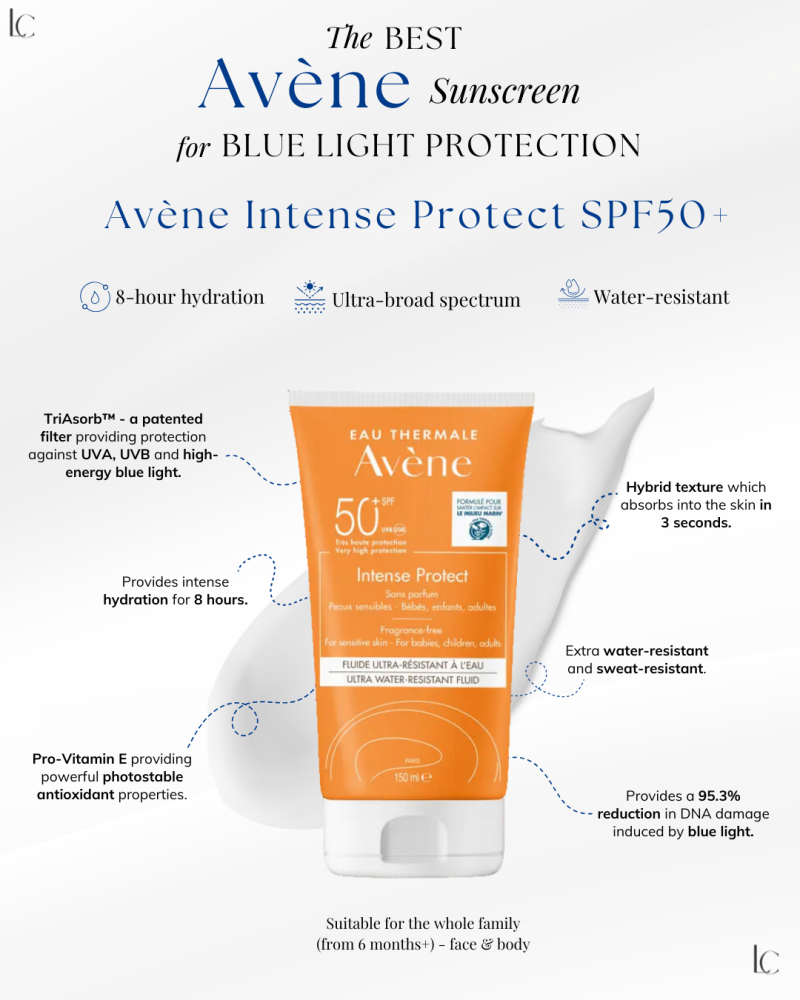
References:
- Cougnard-Gregoire, A. et al. (2023) ‘Blue Light Exposure: Ocular hazards and prevention—A narrative review’, Ophthalmology and Therapy, 12(2), pp. 755–788. doi:1007/s40123-023-00675-3.
- Wahl, S. et al. (2019) ‘The inner clock—blue light sets the human rhythm’, Journal of Biophotonics, 12(12). doi:1002/jbio.201900102.
- Kala, R. et al. (2022) ‘Reproducible method for assessing the effects of blue light using in vitro human skin tissues’, International Journal of Cosmetic Science, 45(1), pp. 95–107. doi:1111/ics.12821.
- Chamayou‐Robert, C. et al. (2021) ‘Blue light induces DNA damage in normal human skin keratinocytes’, Photodermatology, Photoimmunology & Photomedicine, 38(1), pp. 69–75. doi:1111/phpp.12718.
- Das, A. et al. (2023) ‘Blue Light and skin: What is the intriguing link?’, Clinical and Experimental Dermatology, 48(9), pp. 968–977. doi:1093/ced/llad150.
- de Gálvez, E.N. et al. (2022) ‘The potential role of UV and blue light from the Sun, artificial lighting, and electronic devices in melanogenesis and oxidative stress’, Journal of Photochemistry and Photobiology B: Biology, 228, p. 112405. doi:1016/j.jphotobiol.2022.112405.
- Suitthimeathegorn, O. et al. (2022) ‘Direct and indirect effects of blue light exposure on skin: A review of published literature’, Skin Pharmacology and Physiology [Preprint]. doi:1159/000526720.
- Fu, W. et al. (2022) ‘Inhibition mechanism of melanin formation based on antioxidant scavenging of reactive oxygen species’, The Analyst, 147(12), pp. 2703–2711. doi:1039/d2an00588c.
- Unilever PLC (2024) 64% of people unaware of blue light impact on skin, Unilever. Available at: https://www.unilever.com/news/press-and-media/press-releases/2020/sixty-four-percent-of-people-unaware-of-blue-light-impact-on-skin/#footnote-anchor-Ti2LXPq8l34h
- Hussain, T. et al. (2016) ‘Oxidative stress and inflammation: What polyphenols can do for us?’, Oxidative Medicine and Cellular Longevity, 2016, pp. 1–9. doi:1155/2016/7432797.
By Saarah Mengrani, Msc Biotechnology

